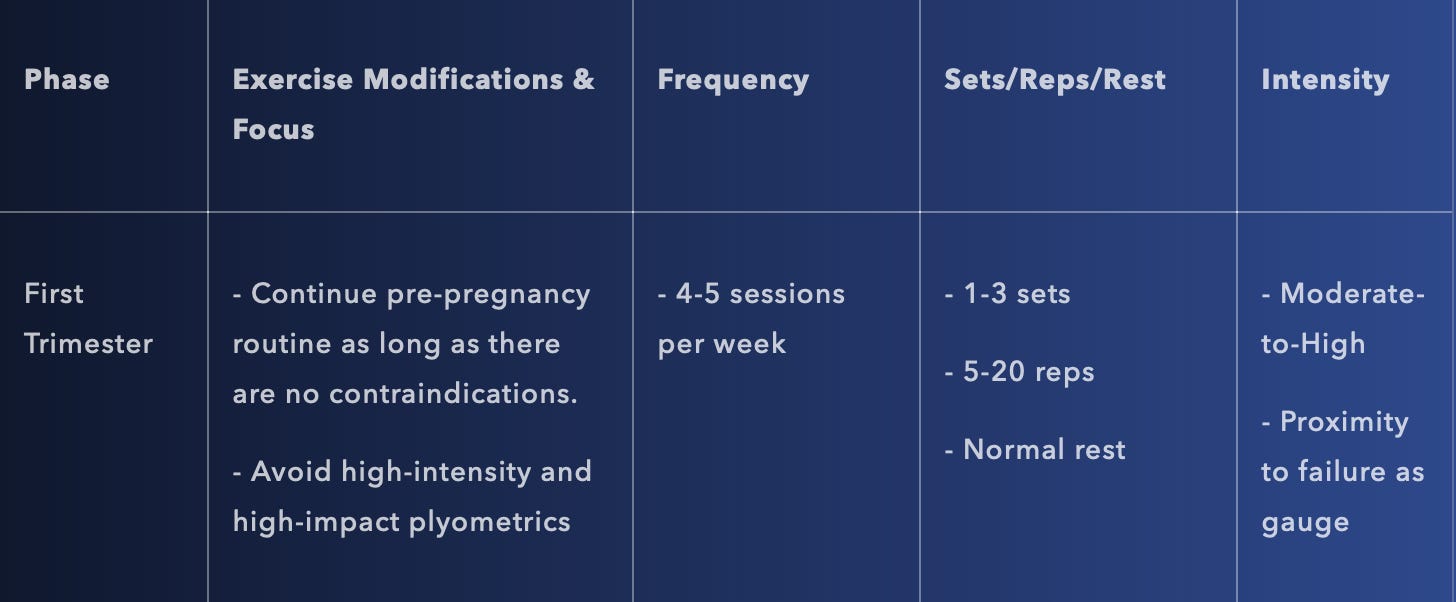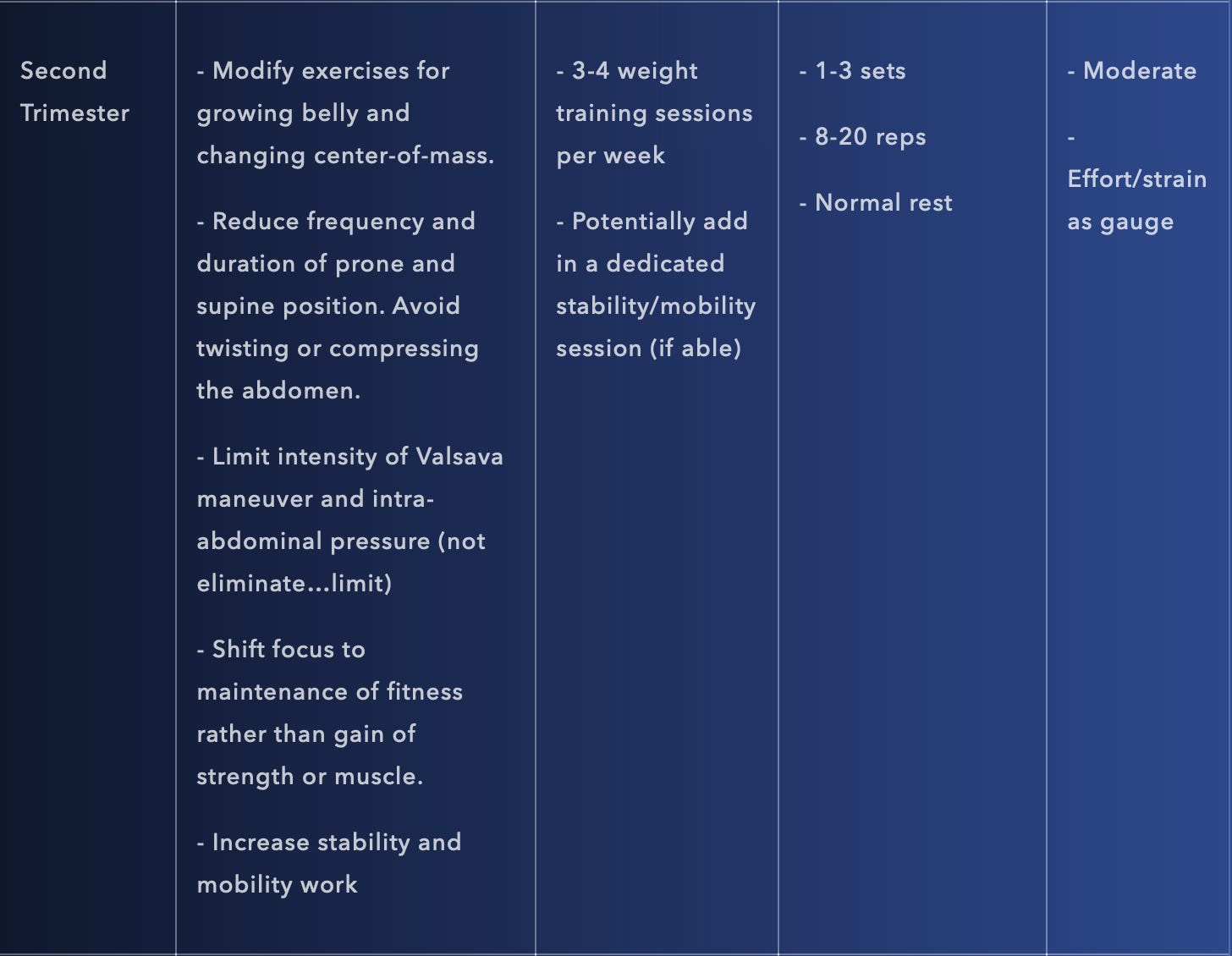What About Postpartum?
CONGRATS! YOU’VE JUST HAD YOUR BABY!
Now what?
Getting through pregnancy is tumultuous, but the journey isn’t over quite yet. After giving birth, nailing the postpartum phase is absolutely critical for ensuring a speedy recovery to prior fitness levels, as well as keeping you healthy.
Your body has been incubating and prioritizing your growing baby for the last nine months. With that, your proportions, biomechanics, and even neural patterns have changed drastically. Then suddenly, the baby is out and your body is now thrown into chaos. Though there is no longer an 8lb miniature human hanging onto your uterus, your brain and support structures can’t rewire themselves nearly as quickly as you can give birth. This leaves a gap of vulnerability in which your new (or old; depending on how you look at it) body is grasping to find an equilibrium while lacking the tools to get there. Many basic functions like pelvic floor control and even breathing will need to be effectively relearned.
Though every mother’s recovery will be vastly different, we can run through some general guidelines for how to make the most of this postpartum period to snap back quickly and safely. (Again, make sure to consult with your doctor above all else!)
For at least the first 2-3 weeks, the goal should be to minimize physical activity and avoid straining yourself, if at all possible. And this includes very basic things like bending over to pick something up off the floor, putting on shoes, reaching for a high cabinet, etc. Just focus exclusively on recovering, resting, and sleeping as much as possible (though, that’s obviously easier-said-than-done with a newborn). The hope here is that you will have some support to allow for this mandatory sedentation in the form of a significant other, family or friends who can step up and help.
After this period, when you’ve had a little bit of time to acclimate to your new (old) body, some very light activity can resume. And by light, I mean LIGHT—slow walking, mild static stretching, and extremely low-intensity resistance band work. For example, you might start with 2×20 min walks around your neighborhood, 5 min of stretching before bed, and 2 sessions of isolation band work (i.e. 2×20 band triceps extensions, 2×20 band seated leg curls, 2×20 seated band rows, etc). I like to evaluate and talk to my clients after each week in this stage to see how we need to progress. My default is always going to bias being overly conservative and prioritizing work-capacity/mobility/stability/proprioception before strength/hypertrophy. How long this phase will last depends heavily on the fitness levels that were carried throughout pregnancy and into labor, but 2-4 weeks should be expected. The fitter you are, the quicker you’ll be able to progress up the postpartum ladder of intensity, volume and complexity.
Once it’s mutually agreed that you’re ready to get back on a training program (by your doctor, coach, and you), start out with 2-3 full-body sessions per week. Focus the majority of work on single-joint movements that take your target muscles through the fullest ROM that you can safely accommodate. Prioritize machines as much as possible when performing this strength/hypertrophy work and fulfill the stability/rigidity/postural necessities directly (rather than cross-contaminating qualities). Keep volume low, tempo slow, and rest periods long enough to ensure full interset recovery and focus. Titrate intensity up very carefully as tolerance begins to build and return to pre-pregnancy baselines. This phase should last between 4-8 weeks under normal circumstances, but can be stretched out as long as is needed.
Beyond this, “normal” training can be reintegrated relatively rapidly by adding in training days, volume, intensity, and exercise complexity; though, it’s probably best to focus on one “additive” at a time. Don’t rush in guns blazin’ otherwise you might catch a stray.
Some lucky moms will be back to their normal self within 6 weeks as if they didn’t just synthesize the most complex life in the Universe from just a few cells. While others will have lasting effects and contraindications stemming from pregnancy that prevent them from every truly getting back to where they were before. It’s an unfortunate hand to be dealt and a very real risk that comes with the process. If you fall in this latter bucket, don’t worry—hope isn’t lost. There are plenty of ways to continue to not just exercise and stay fit, but to actually train hard. The window of efficacy is just a bit narrower. The best thing to do is find yourself an experienced and knowledgable coach who can act as your guide.
In other words, just reach out to me.
Let’s Put It Into Practice
Before we wrap this all up, I want to show some of the highlights of what we’ve talked about in a visually-pleasing way (since, understandably, not everyone wants to read my brain vomit). Again, for the 10th time, this is very high-level and isn’t meant to be nuanced…Focus the principles and trajectories intrinsic to each phase and extrapolate that to meet your individual needs:




